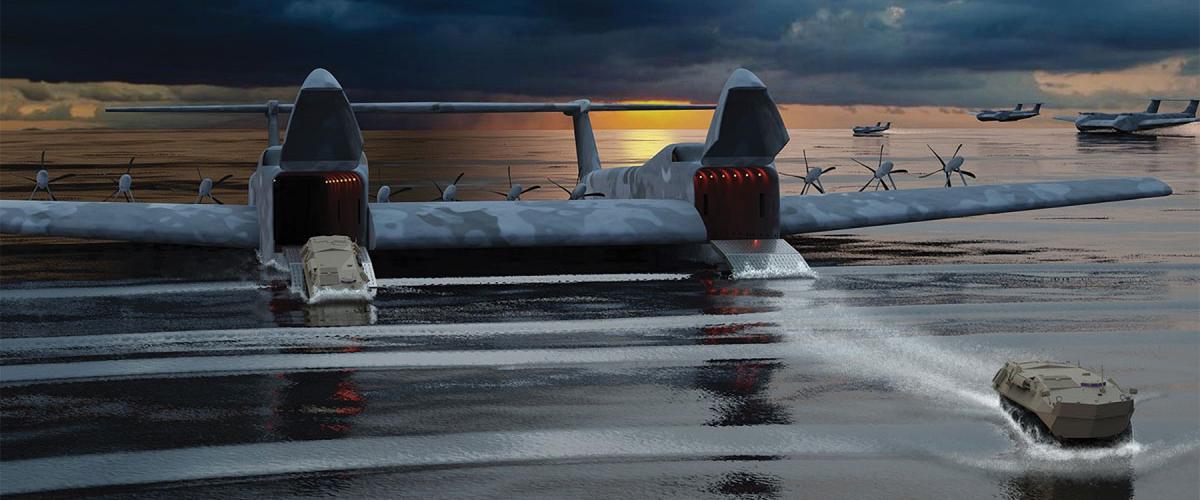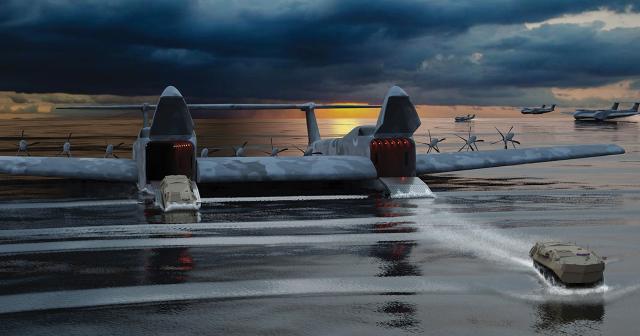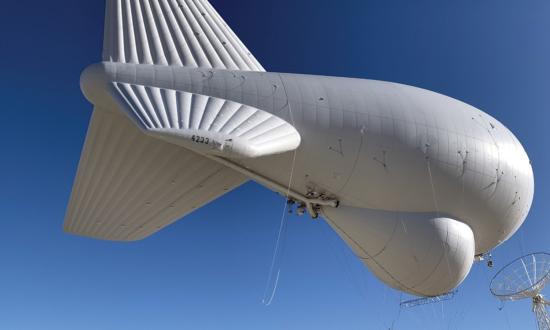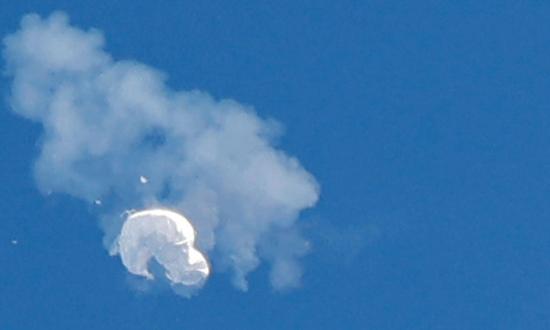The Defense Advanced Research Projects Agency (DARPA) announced in early February that it has selected teams from General Atomics and Aurora Flight Sciences to develop concept designs for the agency’s Liberty Lifter Seaplane wing-in-ground effect (WIG) full-scale demonstrator. DARPA asked for a transport aircraft design similar in size and capacity to the C-17 Globemaster. Unlike the C-17, however, the Liberty Lifter will operate from the water, typically at altitudes a wingspan or less from the surface. Unlike other WIG aircraft, the Liberty Lifter should have an operational ceiling of around 10,000 feet for short periods.
At most altitudes, wings shed nearly circular vortices. In ground effect—a wingspan or less above the ground—the vortices are flattened and shortened, decreasing induced drag and increasing the pressure of the air under the wing. This allows for greater aerodynamic efficiency and fuel economy. The net result is a greater payload for the size and fuel burn. As one Proceedings author put it (see “Modern Sea Monsters,” September 2020, pp. 26–31): “WIG allows for the design of craft that can cruise above any relatively flat surface—oceans, rivers, lakes, deserts, and even pack ice—with a cargo capacity approaching that of a logistics vessel, but at the speed of an aircraft.”
Critics argue that this “neither fish nor fowl” nature gives WIG craft few of the virtues of either aircraft or boats while retaining many of each platform’s vices. But, perhaps when compared with a prospective light amphibious warship’s limited speed and maneuverability and its poor concealment, even a compromise chimera might be appealing.
Wags sometimes describe a camel as “a horse designed by a committee,” and perhaps something similar might be said of WIG aircraft. But, when you need a camel, nothing else will really do.







